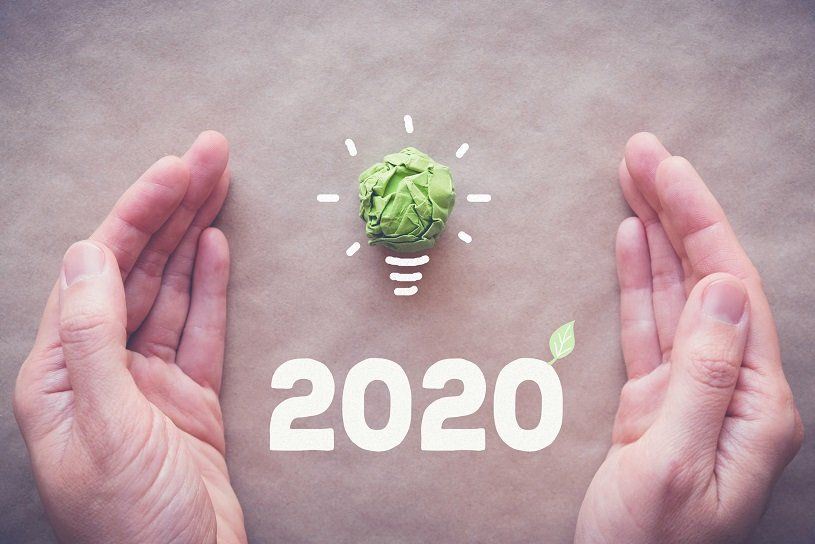
Just as most industries experience certain trends take centre stage over the years, so too does the food and beverage industry. These trends could be fleeting or else last for many years, and most typically come about due to consumer sentiment, new technologies, political climate and global events.
So, from marketing the origins of food through to meatless “meat”, here are five trends that will be dominating the industry in 2020.
Storytelling
Consumers are becoming more engaged with the “story” behind the foods they purchase, due to society’s increasing emotional ties with what we eat. Their interest and attachment is strengthened by opportunities to learn more about how products are produced, where they come from and are even keen to put a human face to these products.
As a result, manufacturers are focusing on ingredient provenance platforms to highlight the taste and quality of their products, allowing them to communicate messages such as flavour, processing methods, cultural backgrounds and geographical origin. Amongst the increasing number of FMCG products on the shelves, companies are facing growing pressure to stand out from competitors, and customers are looking for a story that grabs their attention and makes them feel good about purchasing that product.
Customisation
2019 saw consumers becoming increasingly wary of mass-produced products, instead opting for those which they perceived had values that aligned with their own, as well as a stronger interest in their customers. In this way, consumers now value those companies which can provide them with a certain level of customisation that heightens their feeling of individualism and increases their sense of closeness with the brand.
Plant-based revolution
The plant-based revolution continues, a recent report revealing that retail sales across the alternative meat industry are growing even faster than those of regular meat. And with more than two million Australians living a meat-free life, according to Roy Morgan Research, it’s a food trend that’s showing no sign of waning in 2020. This is a result of customer’s growing interest in health, sustainability and ethics, which ties into the broader consumer lifestyle trend towards cleaner living.
As the use of the term “plant-based” moves more into the mainstream, the industry and start-up companies in particular, are taking up the challenge to deliver meat-free meat and dairy alternatives with improved nutritional profiles.
Texture a key factor
The importance of texture in food-based FMCG cannot be underestimated this year, with more discerning consumers demanding products with a difference, seeing a proliferation of product launches touting textural claims.
According to Innova Market Insights research, 45% of US and UK consumers are influenced by texture when buying food and drinks, while 68% share the opinion that textures contribute to a more interesting food and beverage experience. Many companies will be taking advantage of this, leveraging texture as a way to re-launch products and develop new ones.
Sustainability matters
Sustainability is now on the minds of most large FMCG companies given the worldwide interest in the topic. As many consumers begin to make the move to a more sustainable way of living, companies will try to align with this by choosing more eco-friendly manufacturing methods, focusing on a “zero-waste” principle or developing sustainable packaging.
Many companies will focus on making packaging 100% recyclable, or else spreading the message of recycling, as seen in Coca-Cola’s recent marketing campaign to encourage consumers to recycle its bottles. Natural materials may soon replace common plastics and help brands strengthen their environmentally-friendly credentials.
If you are looking for food and beverage talent, partner with an agency that has been recruiting technical professionals for more than 25 years.
Workplace Relations
Powered with 💙 by
Shazamme © Copyright 2022 Bayside Group



